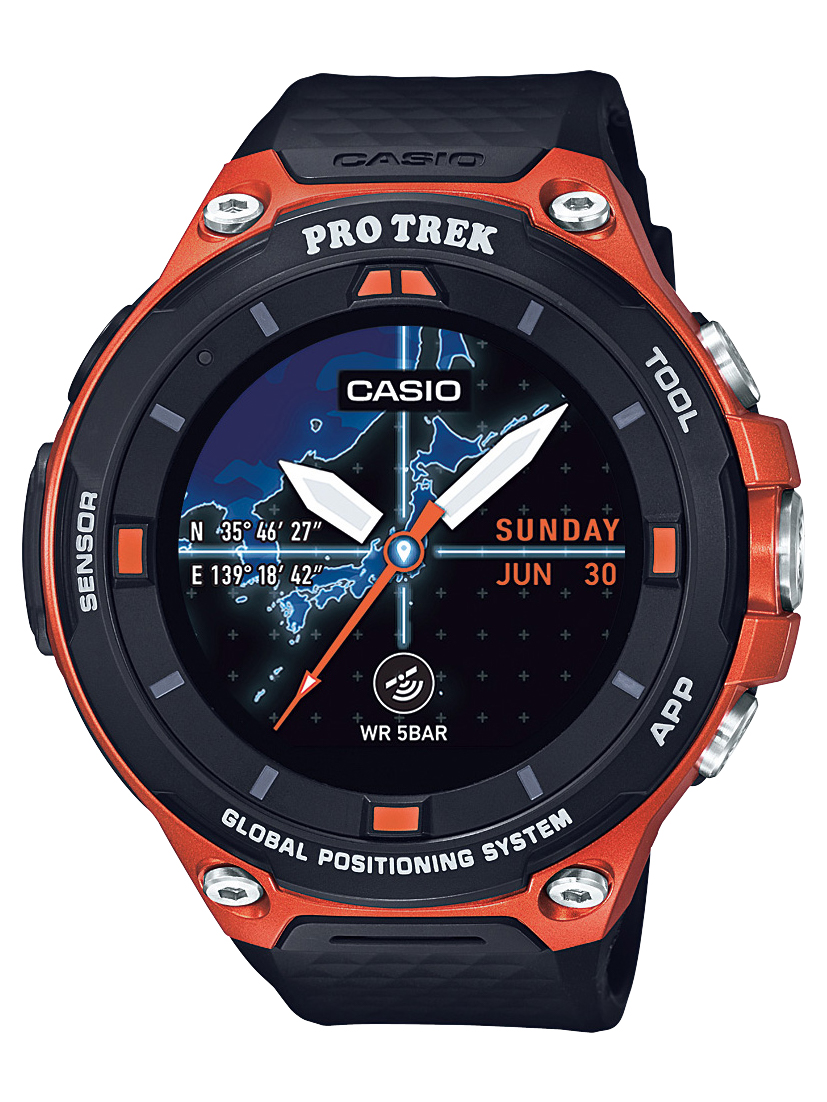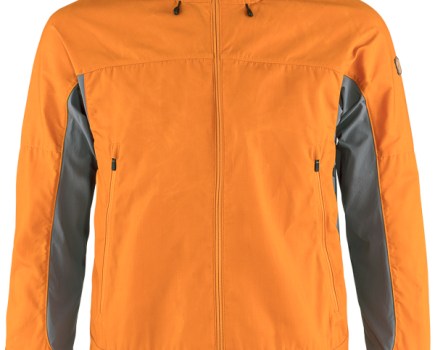An amazing wrist computer
The latest Casio Pro Trek watch, catchily named the WSD-F20, is a wrist computer with an amazing number of functions. Like similar watches it’s big and chunky. At 92 grams it’s not that heavy though. I found it comfortable to wear – and I wore it every day on my 32-day GR5 walk through the Alps in September and October. It’s effectively waterproof for walking use – it can be used for swimming. I used it in torrential rain with no problems. The display has adjustable brightness and is sharp and clear and easy to read even in bright light. There’s a choice of three watch faces and more can be added. I liked the one that showed the altitude as well as the time. That way I could see how much more climbing was involved to the next col and how much time before sunset. Often that determined whether I went on or looked for somewhere to camp.
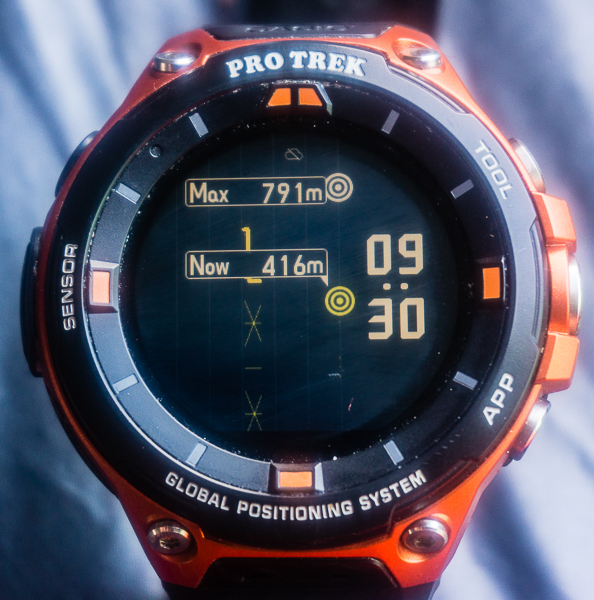
The watch has 512 MB of RAM and 4 GB internal storage. That’s more than many smartphones had not so long ago.
At first glance the features and options are quite bewildering. I found it pays to spend some time just running through them all and deciding which ones you’ll actually use and learning the button press sequence and touch screen swipes needed to access them. There are just three buttons, all on one side of the watch. These start some functions, others are begun from the touchscreen. Many features require quite a few screen swipes and taps.
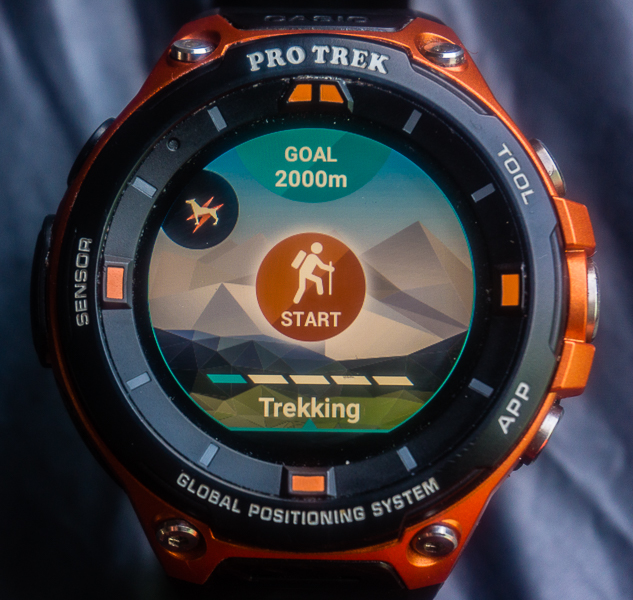
The watch has a low-power GPS and displays your position on a map and gives latitude and longitude. I didn’t find the map very useful as it’s so small and mostly turned the GPS off to save battery life. The watch also has an altimeter, barometer, and digital compass. Graphs can show your activity during the day including number of steps, highest altitude, time active, and time stopped. It tells the time too. And has a microphone for dictation.
The watch has Wi-Fi and Bluetooth connectivity and can be connected to a smartphone for even more features. It’s designed to be used with Android and has a Wear OS by Google operating system. iPhones can be connected but not all features are available. For use with a smartphone an app called Casio Moment Setter needs to be downloaded to your phone. Once I’d done this, I found the watch worked fine with my Samsung Galaxy S7 phone. I turned off the notifications – I didn’t want my watch buzzing every time an email arrived.
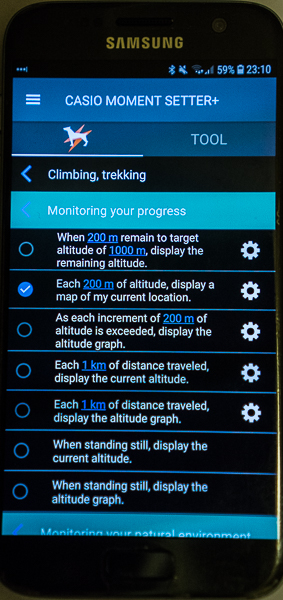
Battery life is always the downside of watches like this. It’s just not possible to fit a powerful one in a device this size. Casio says that using all functions except GPS the battery will last ‘more than 1 day’, with GPS at 1 second intervals up to 9 or 25 hours depending on whether you prioritise accuracy or battery life, and up to 2 days with GPS at 6-minute intervals and location tracking saving on. I found these times fairly accurate. A good feature is that when the battery is almost drained all the features bar the time switch off and it will then last up to a month.
On the GR5 I found it best to switch the watch off at night to prolong battery life. This requires six actions. I’d much rather have a simple off button.
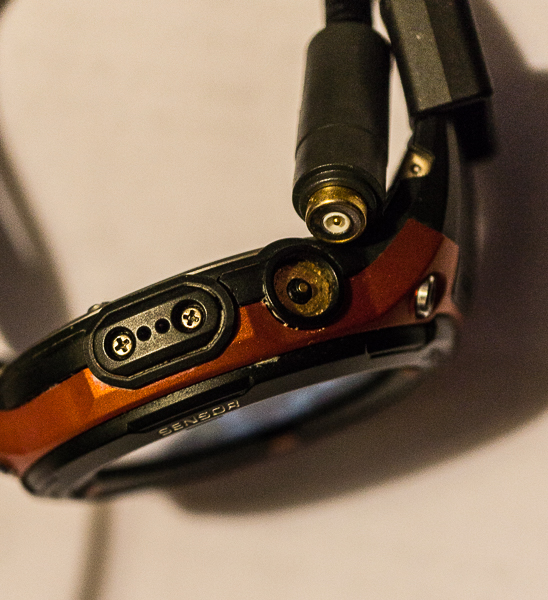
Charging the battery via the supplied USB cable takes about two hours with the ‘magnetic crimped charging terminal’. However, the connection is really poor. I hated it. The slightest touch of the watch or the cable or even a slight vibration nearby and it disconnects. Several times when charging the watch in camp this happened without my realising it. I think it really needs a positive firm connection.
The WSD-F20 is a useful device once you’ve found your way round it. Itt doesn’t do anything that a smartphone won’t do though, and the much bigger screen of the latter is far easier to use, especially for navigation. However, if you like having all these functions on your wrist this smart watch is worth considering.
£399

